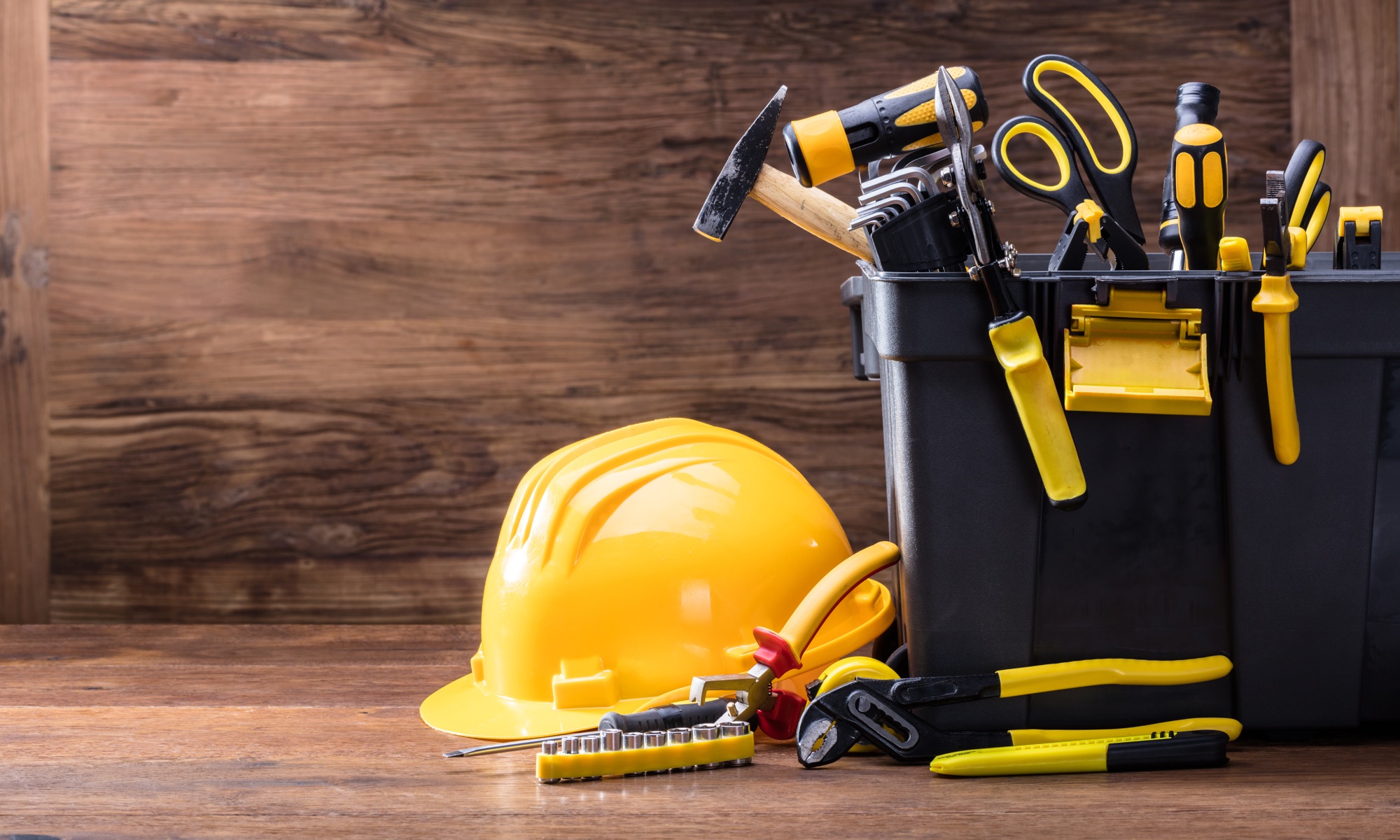
When it comes to re-greasing of bearings, more is not always the better option and actually can be a costly mistake. Instead, greasing should be set on a frequency with proper calculations used to determine the amount of grease needed at each relubrication. The determining factor for the amount required is based on the dimensions of the bearing or the bearing housing.
Over-greasing can lead to high operating temperatures, collapsed seals and in the case of greased electric motors, energy loss and failures. The best ways to avoid these problems are to establish a maintenance program, use calculations to determine the correct lubricant amount and frequency of re-lubrication.
Too much grease volume (over-greasing) in a bearing cavity will cause the rotating bearing elements to begin churning the grease, pushing it out of the way, resulting in energy loss and rising temperatures. This leads to rapid oxidation (chemical degradation) of the grease as well as an accelerated rate of oil bleed, which is a separation of the oil from the thickener.
The heat that has been generated over time along with the oil bleed eventually will cook the grease thickener into a hard, crusty build-up that can impair proper lubrication and even block new grease from reaching the core of the bearing. This can result in accelerated wear of the rolling elements and then component failure.
Seal damage is another negative side effect of over-greasing. Grease guns can produce a pressure build-up of up to 15,000 psi, and when you over-grease a bearing housing, the lip seals can rupture, allowing contaminants such as water and dirt to gain access into the bearing housing. (Keep in mind that lip seals usually fail around 500 psi)
Setting up a maintenance program is key to solving the problem of over-greasing. Each lube point, whether it be a bearing housing or electric motor, should be tracked and records kept for scheduling planned maintenance.
Next, you will need to determine the amount of grease (volume) that should be applied at each point. The volume can be calculated with a simple equation (ref. SKF):
G = 0.114 x D x B
Where G = the amount of grease in ounces
D = the outside diameter of the bearing in inches
B = the bearing width in inches
Calibrate all grease guns in use and train the technicians on the proper procedures of usage. Calibration of can be done by using a weighting scale, determining the weight in Ounces per full stroke (shot) of the grease gun. This will allow you to identify the number of shots it takes to fulfil 1 Ounce of grease. Therefore establish the right volume needed for every shot.
Establishing appropriate procedures and inspections during relubrication is another important part of a maintenance program.
Some basic steps include:
- Cleaning areas around the fill and relief fittings.
- Ensuring the grease relief valve moves freely or the drain plug is removed.
- Checking to be sure the relief passage is clean from any hardened grease that may be blocking grease from exiting.
- Greasing the bearing cavity with the correct calculated volume of grease while slowly adding each shot to minimise excessive pressure build-up.
- Allowing the motor to run during and after greasing to expel any excess grease. This should be done before re-installing the purge port or bottom grease relief valve and cleaning the area of any excess grease.
- Consider installing grease guns with pressure gauges, shut-off grease fittings or relief-type vent plugs.
Source: https://www.machinerylubrication.com/Read/28664/dangers-of-overgreasing-

